Joan Miró lived from 1893 to 1983. A Spanish painter, sculptor, and ceramicist born in Barcelona, he has earned international acclaim for his art. The museum, Fundació Joan Miró, was opened in his honour in Barcelona in 1975.
Table of Contents
A Barcelona native
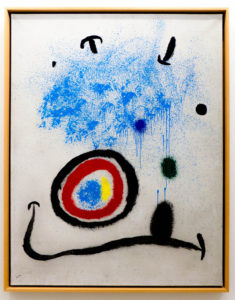


Photo by VisualHunt
Miro was a Barcelona native and grew up in the neighbourhood of Barri Gòtic, his family had by then established itself through the goldsmith and watchmaker trades. Miro began art classes when he was very young while at private school. He went to both art and business school and began his first career as a clerk. After suffering a nervous breakdown he denounced the business world and dedicated himself to the world of art.
He had his first solo show in 1918 at the age of 25. His first exhibition wasn’t successful, his work was ridiculed and defaced by an unappreciative crowd. The artist was not phased by this reaction to his work, he was very much drawn to the arts community of Montparnasse and soon after his first exhibition moved to Paris to follow his passion. Inspired by the cubist and surrealist movements from abroad, he followed his heart to finding eventual fame.
The Surrealist movement
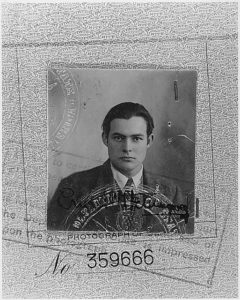


Photo by VisualHunt
Miro is by definition an artist belonging to the Surrealist movement. He denounced tradition and asked for the “assassination of painting” in favour of a less traditional and more magical approach.
Like many of the greats of Surrealism, he too was inspired and influenced by the work of Vincent van Gogh and Paul Cézanne. His work resembled the work of his icons so much so that it was named the Catalan Fauvist period.
Ernest Hemingway purchased a piece of work by Miro (The Farm), and was quoted as saying, “It has in it all that you feel about Spain when you are there and all that you feel when you are away and cannot go there. No one else has been able to paint these two very opposing things.”
Miró was well known for his nationalism and produced works such as the Catalan Landscape (The Hunter) and The Tilled Field, both classified as Surrealist pieces.









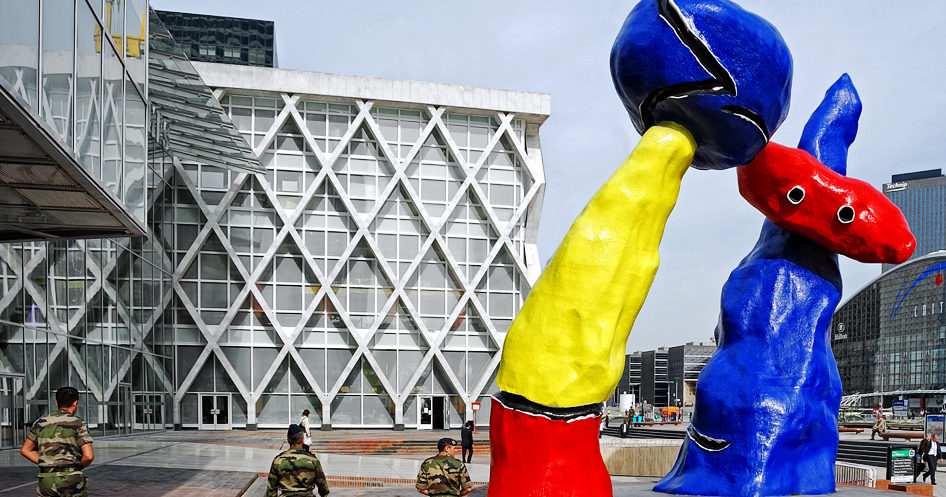

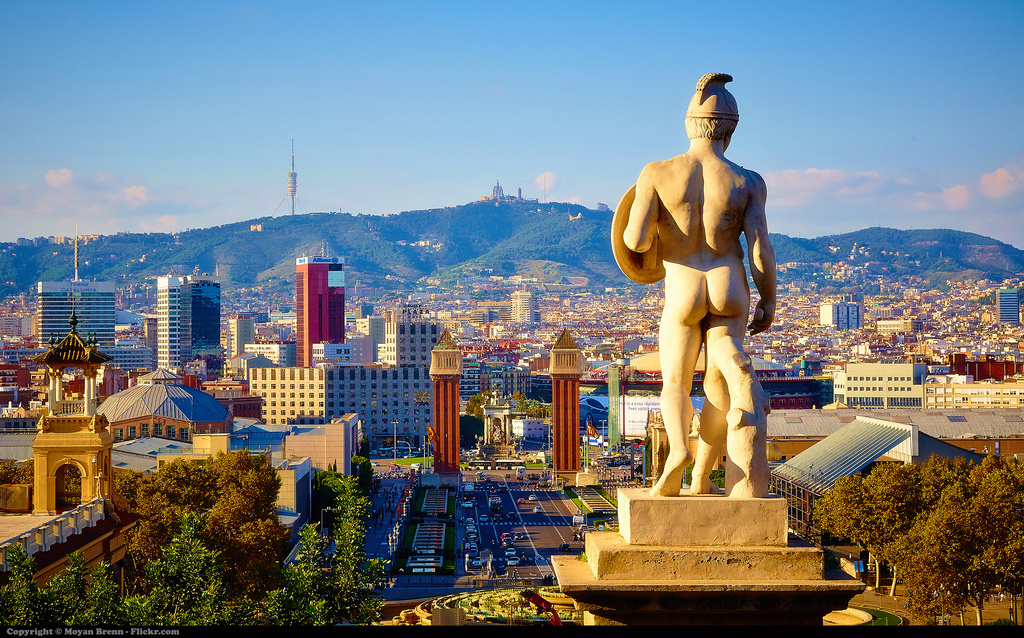
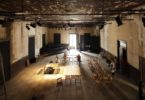
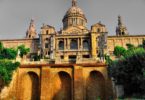
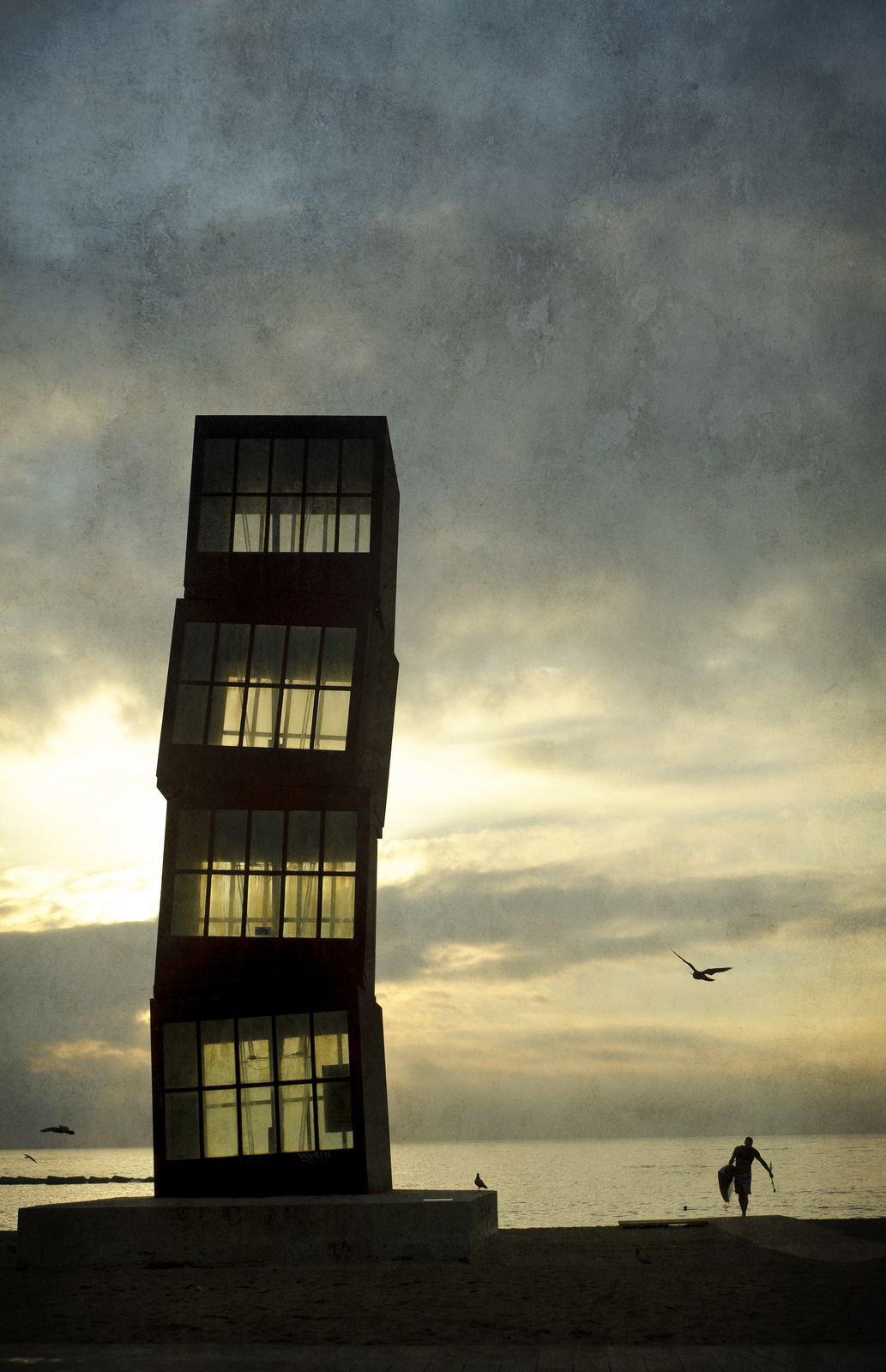

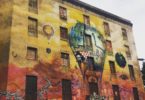
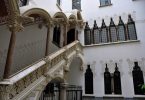
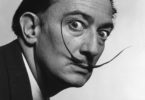


Leave a Comment